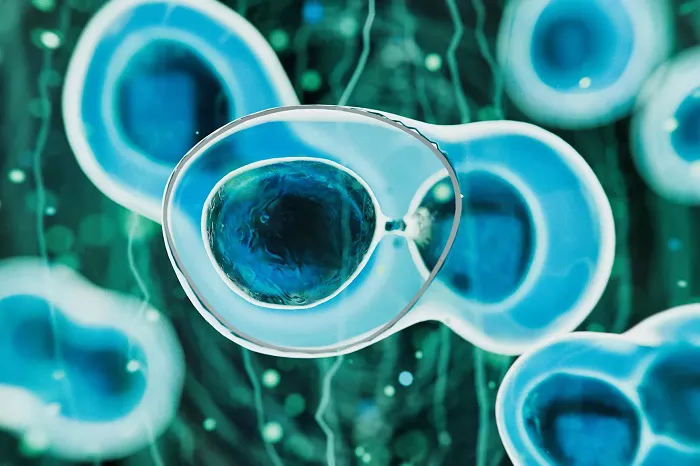Researchers are making strides in developing a safer way to deliver stem cell therapy for type 1 diabetes (T1D). This innovative approach could eliminate the need for immunosuppressant drugs, which are currently required to prevent the body from rejecting transplanted insulin-producing cells.
Currently, T1D treatment involves transplanting islet cells from deceased donors into patients. These cells help produce insulin, but recipients must take immunosuppressants to stop their immune systems from attacking the transplanted cells. While effective, long-term use of these drugs can cause serious side effects.
Now, pharmaceutical company Sana Biotechnology is testing a new technology that could change this. Their method involves engineering islet cells to evade the immune system, eliminating the need for immunosuppressants. Early results are promising.
How It Works
In 2023, the FDA approved the first cell therapy using donor islet cells for T1D. These cells are transplanted into patients to restore insulin production, potentially freeing them from daily insulin injections. Sana Biotechnology’s approach takes this a step further by using hypoimmune (HIP) technology to make the transplanted cells “invisible” to the immune system.
In a recent study, Sana implanted engineered islet cells into the forearm of a T1D patient without using immunosuppressants. After four weeks, blood tests showed the cells were alive and producing insulin, proving the technology works.
Dr. Andrew Sewell, an endocrinologist at Cardiff University, explains that the HIP technology modifies the cells in three ways:
- It removes HLA proteins, which trigger immune responses.
- It protects the cells from T-cell attacks.
- It shields the cells from natural killer (NK) cells, which could otherwise destroy them.
These modifications allow the transplanted cells to function without being rejected by the immune system.
Promising Results
Dr. Per-Ola Carlsson, the study’s lead investigator, called the results “highly promising.” He believes this technology could lead to a scalable, curative treatment for T1D, allowing patients to maintain normal blood sugar levels without insulin injections or immunosuppressants.
Who Could Benefit
According to the National Institute of Diabetes and Digestive and Kidney Diseases (NIDDK), stem cell therapy may be suitable for T1D patients who struggle to manage their blood sugar levels, experience severe hypoglycemia, or have hypoglycemia unawareness. Doctors weigh the benefits against the risks, such as the side effects of immunosuppressants, before recommending the treatment.
While Sana’s technology is still in development, it could make stem cell therapy more accessible and safer for T1D patients in the future.
The Future of T1D Treatment
Other researchers are also exploring ways to improve islet transplantation. A team from Weill Cornell Medicine found that adding engineered blood vessel-forming cells to islet transplants boosted cell survival and reversed diabetes in mice. They hope to implant islets in more accessible sites, like under the skin, and use cells engineered to avoid immune rejection.
Although more research is needed, these advancements bring hope for a potential cure for T1D in the coming years. For now, the focus remains on refining these technologies to make them widely available and effective for patients worldwide.
Related topics:
- London Nhs Trusts Trial AI To Spot Early Signs Of Type 2 Diabetes
- FDA Approves Generic Victoza: A New Hope For Diabetes Patients
- Diabetes And Unhealthy Eating: A Recipe For Digestive Cancer Risk


